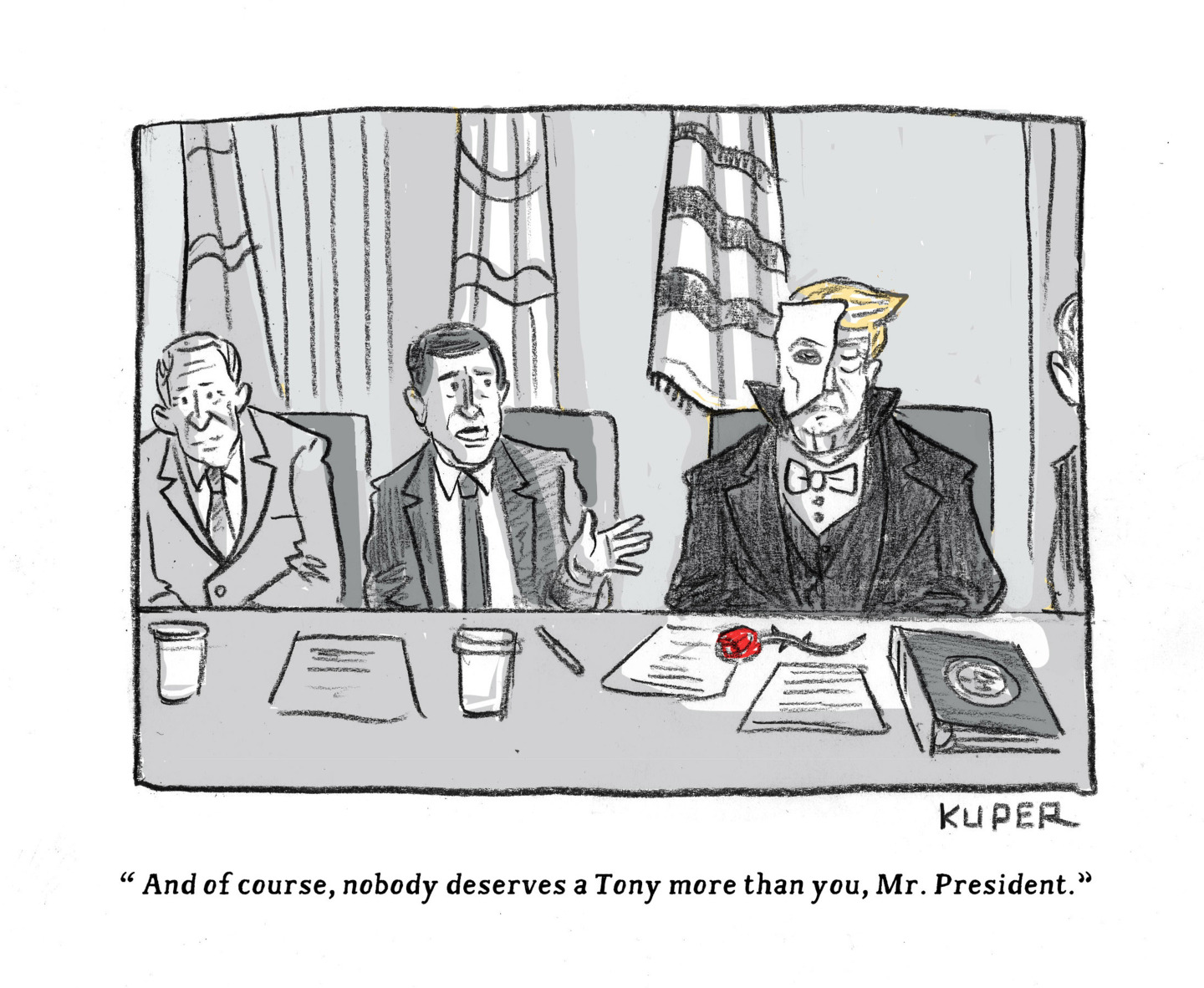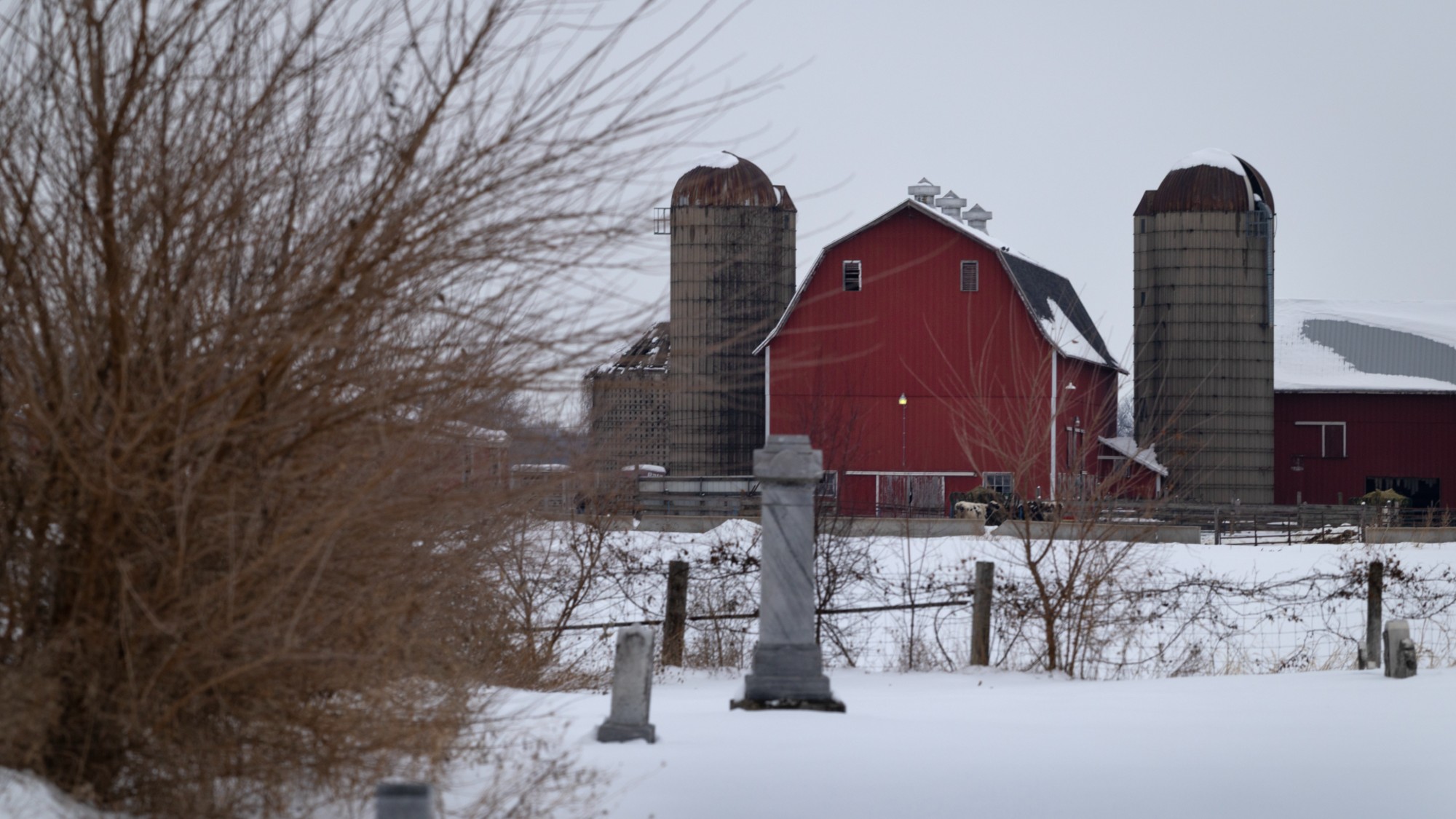Exhibit of the week: Walker Evans American Photographs
Walker Evans’s first exhibition is enjoying a reprisal on its 75th anniversary.
Museum of Modern Art, New York
Through Jan. 26, 2014
In Walker Evans’s hands, a camera “was more than just a machine for making pictures,” said Ken Johnson in The New York Times. The New York–based photographer, best known for his images of sharecropper families in the South, turned the principal tool of his trade into “a device for seeking out the soul of America.” So it was appropriate that his first exhibition at New York’s Museum of Modern Art bore the “flatly descriptive” title “American Photographs.” That 1938 show, enjoying a reprisal this year on its 75th anniversary, was loaded with images that seemed to “float up from the depths of America’s collective unconscious.” Roughly half were portraits of everyday Americans; the rest were laconic images of churches, tenements, farmhouses, and factories. Evans had obvious empathy for “the overlooked, the passed-by, and the outcast,” and his objective style captured “something real and true” in the nation’s experience—a vernacular culture untainted by mass-market entertainment.
The Week
Escape your echo chamber. Get the facts behind the news, plus analysis from multiple perspectives.

Sign up for The Week's Free Newsletters
From our morning news briefing to a weekly Good News Newsletter, get the best of The Week delivered directly to your inbox.
From our morning news briefing to a weekly Good News Newsletter, get the best of The Week delivered directly to your inbox.
The catalog for that 1938 show—MoMA’s first-ever solo photography exhibit—turned out to be even more influential, said Alana Shilling in Art in America. Evans’s collaboration with writer James Agee, Let Us Now Praise Famous Men, would be published three years later, but American Photographs “defined his legacy.” Each photograph appeared alone, opposite a blank white page, and Evans had insisted that the titles appear only at the end of each section, so that the sequences of images were viewed uninterrupted. MoMA has aimed to re-create that experience with the current show. We simply get images of Depression-era America, presented with “an unglossed, devastating aridity.” Evans got exactly what he wanted in each frame, while acting the part of “a lyricist of the incidental who just happened to catch at the core of things.”
His “uncanny visual alchemy” reveals itself even in still lifes, said Ben Cosgrove in Time.com. Interior Detail of Portuguese House (1930) depicts an unruly potted plant, a couple of family photos, an American flag, and dried flowers, all haphazardly assembled. At first glance, it appears composed of “elements so incongruous that, taken together, they really should not bear scrutiny for more than a few moments.” Gaze longer, though, and those same disparate objects somehow meld into a coherent, idiosyncratic whole. “What’s more amazing is that, after a time, the photograph appears to be gazing back. It is the viewer, and not the picture, that is the subject of an unblinking inquiry.”
A free daily email with the biggest news stories of the day – and the best features from TheWeek.com
-
 5 prize-winning cartoons about Donald Trump's appetite for awards
5 prize-winning cartoons about Donald Trump's appetite for awardsCartoons Artists take on operatic ambitions, peace prize pacifiers, and more
-
 Will Trump’s $12 billion bailout solve the farm crisis?
Will Trump’s $12 billion bailout solve the farm crisis?Today’s Big Question Agriculture sector says it wants trade, not aid
-
 ‘City leaders must recognize its residents as part of its lifeblood’
‘City leaders must recognize its residents as part of its lifeblood’Instant Opinion Opinion, comment and editorials of the day